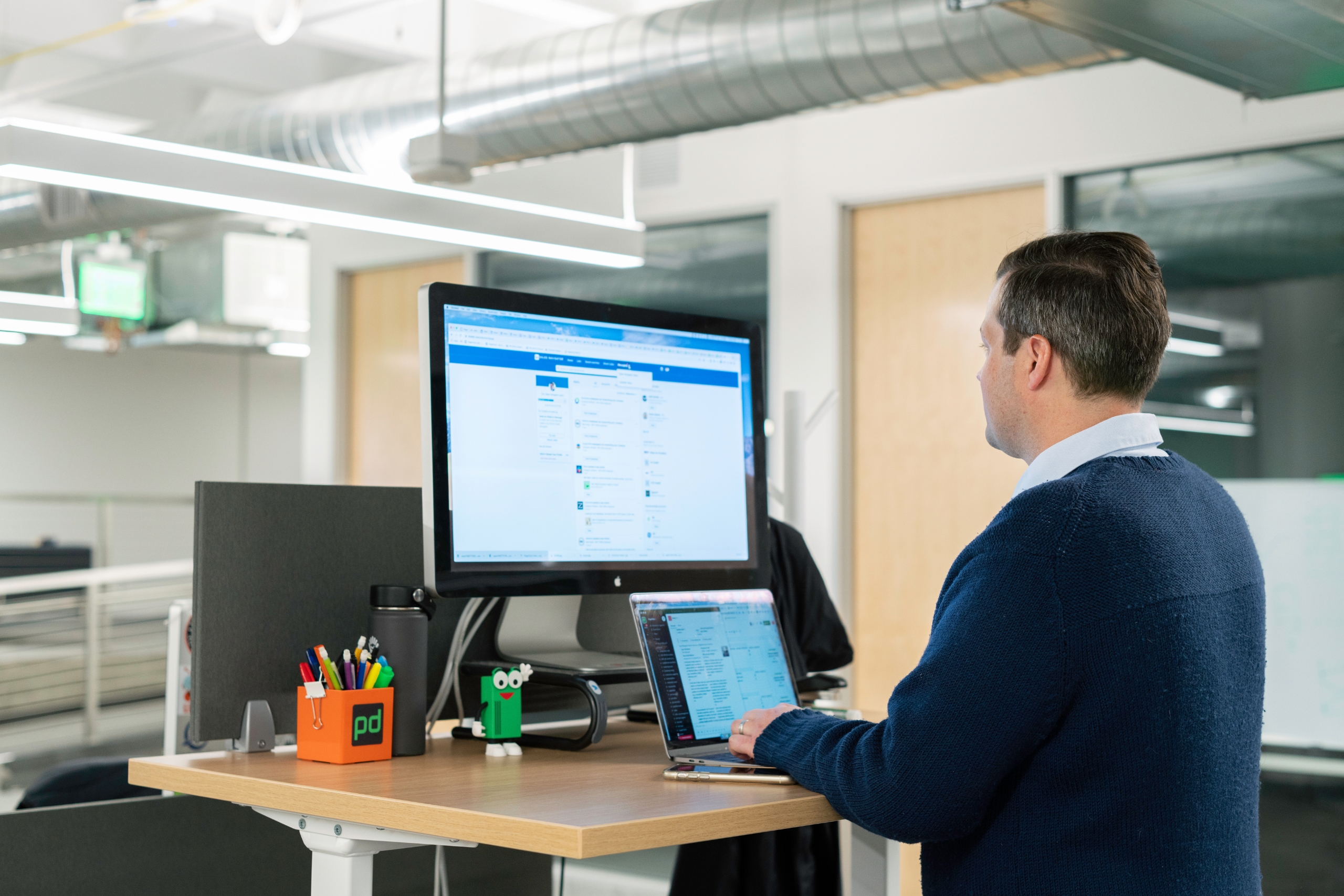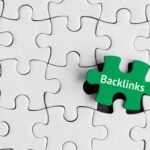
Getting Leads From LinkedIn
These days, making business connections is important, and LinkedIn is one of the best places to find good leads. That’s what makes LinkedIn different from other social networks: it’s all about business connections. Business owners, experts, and new ideas can share their thoughts, look for ways to work together, and discover new business opportunities. You can get leads on LinkedIn, but you need to do more than just send messages or posts about general things. To make sales, you need to add value, earn trust, and keep ties going.
A well-thought-out LinkedIn strategy can help all workers, from one-person businesses to world leaders. In an open and honest way, the platform can become a steady source of good leads for you. It talks about how people and companies can use LinkedIn’s huge network, smart algorithms, and powerful features to find the right people, get them to connect with you in meaningful ways, and build professional relationships that last.
Crafting A Strong Personal Brand
Building a strong personal brand is the first step to getting leads on LinkedIn. Don’t brag about what you’ve done; instead, talk about your skills in a way that potential clients or business partners can understand. Every part of a resume, from the title to the summary, should be clear, confident, and show that you have a goal.
People who are good at their jobs use their accounts to tell stories. A good summary not only tells you what someone does, but also why they do it. People are more likely to believe and talk to the person behind the title. If you have a profile picture that looks good, posts often, and has suggestions, it looks like you mean business, which gets seen on its own.
Keep things the same. Regular updates, thoughtful posts, and real conversations help people get to know each other, which leads to trust in the long run. Over time, a personal brand built on honesty and knowledge will easily bring in leads who are interested in your services or goal.
Building Meaningful Connections
Quality relationships, not just numbers, are the key to making good links on LinkedIn. When professionals use the platform as a community instead of a market, they often find more useful opportunities and better involvement.
Personalization is very important when you’re trying to get in touch with new people. A simple, well-thought-out message about shared hobbies, links, or important conversations can lead to deep talks. If you treat these conversations with respect, they can turn into long-term business ties.
People are still interested in you even if they ask you to join. Notes, chats, and groups can help people find you and get what you mean. I trust people more when they post useful things instead of ads. This makes it more likely for other users to work together or ask for business. People who like the same things you do are more likely to give you leads than people who want to buy something.
Using Content To Demonstrate Authority
What makes you strong is what you write on LinkedIn. Send out a lot of papers, case studies, and company ideas so that people who need experts in certain areas can find you. You are a thought leader because of this. People read writers and trust what they say.
Job ads for business, marketing, and data analyst jobs get a lot of attention. People who work with others can connect with them better if they talk about their goals from the past, the present, and the future. People can write, share, and then help or work with each other. Anyone can join without much trouble.
It’s best when there are both stories and useful facts. People can trust them as mentors when they post things that teach or inspire others. If you want to get new leads, this is a must.
Leveraging LinkedIn’s Advanced Search And Filters
There is a search tool on LinkedIn, which is great, but not many people use it. Key words, job type, location, and business size can help people narrow down the findings. It’s now easy to hire the right people. It’s possible to find important business people with these tools for people who work in sales, management, or as advisors.
Sales Navigator and LinkedIn Premium let you learn more about people, like how they act, what they do for a job, and their business background. This lets you target them even better. Now that we know these things, we can talk to the right people. You can send a personalized note instead of a standard letter that talks about the prospect’s work goals or achievements.
We want to talk to the people or businesses that will benefit the most from our service. If you follow these steps and talk to people carefully, you can get a steady run of good leads that turn into sales.
The Power Of Groups And Communities
LinkedIn groups let business people share ideas, ask questions, and talk about business trends. They’re a lot like small communities. The people in these groups can help businesses find a lot of good leads.
Pros can meet people who like the same things they do and show that they are stars in their field by joining and active in relevant groups. It’s easy to believe someone when they share their thoughts, offer help, and join in a talk without trying to sell you something. When people think something is useful, they want to learn more about it.
Businesses can also use groups to solve common issues. When businesses know about these problems, they can find solutions in the real world. This helps their plan to get leads. Professionals stay busy and helpful in their fields so that people will think of them first when the chance comes up.
Optimizing The Company Page For Conversions
For getting leads, business pages might work just as well as fan sites. A well-kept LinkedIn business page has news, help, and brand tales.
Your website should have a clear message, fun pictures, and regular changes that show off your skills and accomplishments. People who are interested in what a company has to offer will keep up with it if it posts a lot about new clients, projects, or thoughts.
Fans should be able to vote, write stories, and see things that let them know what goes on behind the scenes. These make people trust each other and make it more likely for them to connect in deep ways. After ads or paid posts are put to firm pages, they can always be used to get new leads. People will notice you more and remember you better if you mix your personal brand with your business picture.
Nurturing Relationships Beyond The First Interaction
The first link is just the beginning of getting leads. People often miss the chance to turn leads into customers because they forget how important it is to follow up and get to know people.
When you talk to people in a regular and nice way, you keep their attention without being annoying. Small things like sharing an interesting article, letting a friend know you’re happy for them on their new job, or just checking in can go a long way toward building business relationships.
With LinkedIn’s chat and email tools, it’s also simple to stay in touch with possible leads. Being there all the time builds trust and comfort over time. People naturally choose the professional who stayed visible and real when they need help. Transactional interaction never works as well as networking based on relationships.
Measuring Results And Adapting Strategy
Before you try to get leads, you should study. To make plans for the future, you need to know what works and what doesn’t. Lots of people go to your LinkedIn page, read your posts, and join your friend groups. You can use this information to keep track of your progress.
If pros see which posts or types of relationships get the most likes or comments, they can change what they post and how they connect with people. Guessing can be turned into a long-term plan that works better with this process of always getting better.
People who are good at their jobs always find new ideas. So they can adapt, they always try something new, study data, and make their methods better to see how people use platforms and behave.
Conclusion
If you want to get leads from LinkedIn, you can’t skip steps. You should be real, plan ahead, and connect with people instead. To make relationships that last and find new possibilities, it’s important to use data, groups, and material, and to build a strong personal brand.
On LinkedIn, professionals can build their image and keep it up if they use it as a way to work together instead of against each other. If someone pursues leaders, business owners, or data analyst jobs with love and purpose, they will be successful. Now, sales pitches don’t get you the best leads. Instead, real business relationships based on trust and a shared goal do.






